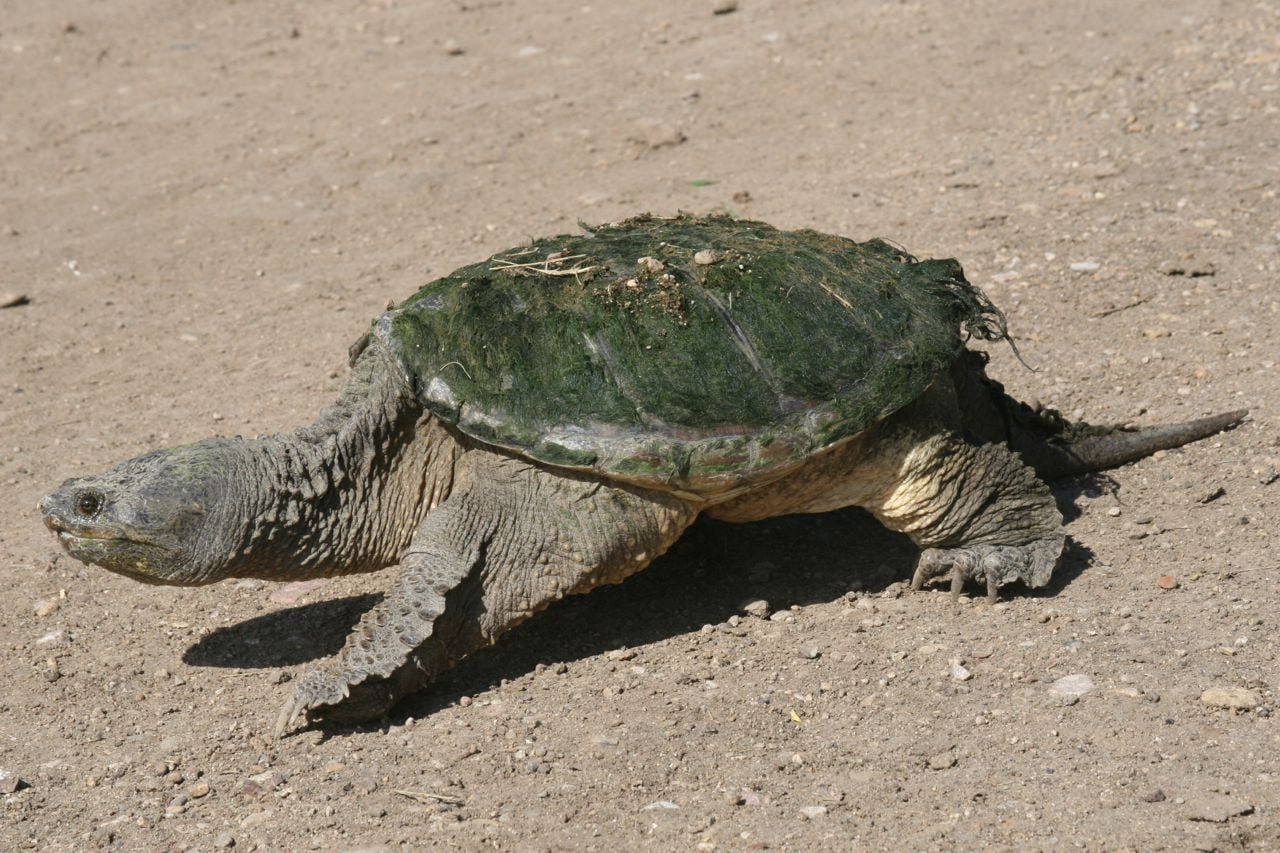AMPHIBIANS
Salamanders, frogs and toads are amphibians. Amphibians have long tails and slender bodies. They live near water. Unlike reptiles, they do not have scaly skin. The skin is smooth and moist. Mucous glands help to keep the skin moist. Blood vessels just beneath the surface allow the amphibian to use its skin to help it breathe. Special color cells allow the amphibian to change its skin color by expanding or contracting. If a limb is lost to a predator, some amphibians can re-grow a new limb. Amphibians are cold-blooded and those living in cold regions hibernate during winter. Eggs are laid in jelly-like masses in the water. Some amphibian larvae have gills and live underwater until they metamorphose into land-dwelling forms. Adult amphibians are carnivorous, but larvae are herbivorous.
Salamander, Tiger
Northern Leopard Frog (Rana pipiens)
Frog, Western Chorus (Pseudacris triseriata)
We love to chase frogs.
The Western Chorus Frog (Pseudacris triseriata) livens up the airwaves after a rain and even quite early in the spring as the snow melts.
Toad
REPTILES
Reptiles include snakes, lizards, crocodilians, and turtles. Reptiles are cold-blooded. (They depend upon their environment to provide warmth.) Most reptiles are egg-layers, although some produce live young. In cold regions, reptiles hibernate. In extremely hot or dry climates, some reptiles will estivate, or go into a torpor. Because they lack internal heating mechanisms, reptiles depend on external heat sources. Thus, you will often find them lying in the sun on rocks and logs. Most reptiles have a three chambered heart
Bull Snake (Pituophis catenifer sayi)
August 30, 2016
And in Natural Science Class today...we studied bull snakes. I know that someone will give me grief about the snake pictures...but think about some of the other things that our kids are learning in school and you will be OK with Caleb Reinhold catching the smallest Bull Snake we have ever caught. The bottom photo shows one of the larger ones we have caught...notice how young those kids were in 2008, All participants were unharmed after the lessons and released back into their natural habitat including the snakes
Common Garter Snake (Thamnopis sirtalis)
Blue Racer (Coluber constrictor)













